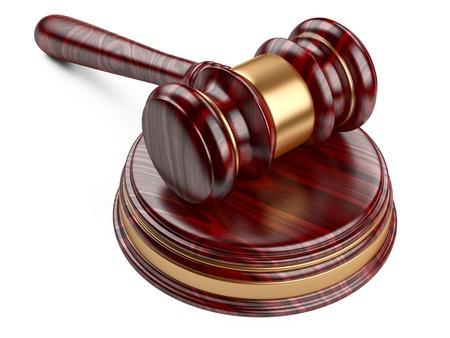
Justice Fernandez-Vina continued in relevant part: The Court reviews in detail cases in which it considered police officer opinion testimony. In State v. McLean, an officer saw the defendant hand some small items to a second person, who then handed defendant what appeared to be money. 205 N.J. 438, 443-44 (2011). At trial, the officer testified as to what he saw during the surveillance, identified the defendant by name, and stated he saw “hand-to-hand drug transactions.” The McLean Court concluded that the officer’s testimony regarding drug transactions was improper “both because it was an expression of a belief in defendant’s guilt and because it presumed to give an opinion on matters that were not beyond the understanding of the jury.”
In State v. Lazo, the Court noted that “lay witness testimony is permissible where the witness has had sufficient contact with the defendant to achieve a level of familiarity that renders the lay opinion helpful.” 209 N.J. 9, 22 (2012). The Lazo Court held that an officer’s lay opinion testimony as to whether the defendant’s arrest photo closely resembled a composite sketch of the defendant should not have been allowed because it was not based on the officer’s prior knowledge, but rather “stemmed entirely from the victim’s description.”
In contrast, a police officer’s lay opinion testimony was found admissible in State v. LaBrutto, 114 N.J. 187, 191 (1989). Noting that the officer conducted his own investigation of an automobile accident, the LaBrutto Court held that his testimony “was rationally based on what he observed . . . and it was helpful to the jury’s full comprehension of the facts in question.” Id. at 202. Significantly, the Court found no merit in the position that the officer’s opinion on the point of impact invaded the province of the jury or was “unnecessary because the average juror can readily determine the point of impact from the officer’s description of the physical evidence.” Id. at 199.
Here we see the groundwork for the majority’s watering-down of our lay opinion jurisprudence to the prosecution’s advantage. The Court also signals to prosecutors that their witnesses should have “sufficient contact” with defendants in order to increase their odds being able to use prejudicial opinion testimony.
